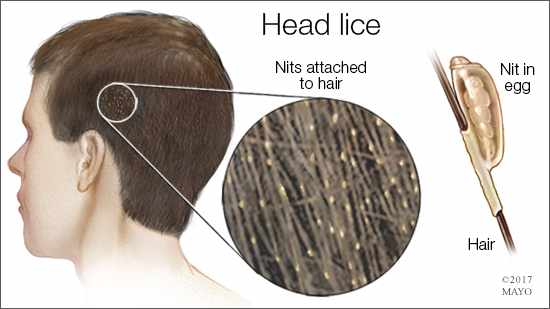How to Get Rid of Head Lice

Dealing with head lice can be a pesky problem, especially among school-aged children and their families. pafikotasampang.org requires patience, thoroughness, and the right approach to ensure complete elimination and prevent re-infestation. Here’s a comprehensive guide on tackling these tiny but persistent pests.
Understanding Head Lice Infestation
Head lice are tiny parasitic insects that live on the scalp and feed on blood. They spread through close personal contact or by sharing items like hats, combs, and bedding. Itching of the scalp is a common symptom, often caused by an allergic reaction to lice saliva.
Identification and Diagnosis
Spotting head lice can be tricky as they are small and move quickly. Look for live lice, which are about the size of a sesame seed, as well as their eggs (nits) attached to hair shafts near the scalp. Nits are often mistaken for dandruff but are glued firmly to the hair and are harder to remove.
Treatment Options
Several methods to get rid of head lice exist, ranging from over-the-counter treatments to natural remedies and mechanical removal techniques.
Over-the-Counter Treatments
Over-the-counter treatments typically contain pediculicides, which are chemicals that kill lice. These products may come in the form of shampoos, lotions, or mousses. Follow the instructions carefully, as misuse can lead to resistance or ineffective treatment.
Natural Remedies
Some people prefer natural remedies such as essential oils (e.g., tea tree oil, lavender oil), mayonnaise, or vinegar. While these methods lack extensive scientific backing, they are considered gentler alternatives for those wary of chemical treatments.
Mechanical Removal
Mechanical removal involves using a fine-toothed comb (nit comb) to meticulously comb through wet hair and remove lice and nits. This method requires patience and thoroughness but is effective when done correctly.
Treatment Process
Successfully getting rid of head lice involves a step-by-step process to ensure all lice and nits are eliminated.
Step 1: Preparation
Start by preparing the treatment area. This includes gathering all necessary supplies such as treatment products, a nit comb, towels, and disposable gloves. Choose a well-lit area for better visibility.
Step 2: Application of Treatment
Follow the instructions on the chosen treatment product. Apply it to dry hair, ensuring complete coverage from scalp to ends. Massage the product into the hair and scalp, focusing on areas where lice are most likely to reside.
Step 3: Timing and Rinse
Allow the treatment to sit for the recommended duration, typically 10-15 minutes. Rinse thoroughly with warm water. Some products may require a second application several days later to target newly hatched lice.
Step 4: Mechanical Removal
While the hair is still wet, use a nit comb to comb through small sections of hair from scalp to ends. Wipe the comb on a paper towel after each pass to remove lice and nits. Repeat this process for the entire head.
Step 5: Cleaning and Disinfection
Wash all towels, bedding, and clothing worn during treatment in hot water and dry on high heat to kill any remaining lice or nits. Items that cannot be washed should be sealed in a plastic bag for two weeks to suffocate any surviving lice.
Preventing Re-Infestation
Preventing head lice re-infestation is crucial to avoid repeated outbreaks.
Education and Awareness
Educate family members and close contacts about head lice transmission and prevention. Encourage children not to share hats, brushes, or hair accessories and to avoid head-to-head contact during play.
Routine Checks
Perform routine head checks, especially after potential exposure (e.g., sleepovers, school outbreaks). Early detection allows for prompt treatment and prevents lice from spreading further.
Cleaning Protocol
Implement a cleaning protocol for items that come into contact with the head, such as combs, brushes, and helmets. Regularly wash these items in hot water or disinfect with rubbing alcohol.
When to Seek Professional Help
In some cases, head lice may be resistant to over-the-counter treatments or require additional expertise for thorough removal. Consider seeking professional help if:
- Home treatments have been unsuccessful after multiple attempts.
- The infestation persists despite diligent nit combing and cleaning efforts.
- There are concerns about treatment safety for young children or pregnant women.
Conclusion
Dealing with head lice can be challenging, but with the right approach and persistence, it is possible to eradicate them effectively. By understanding the lifecycle of head lice, choosing appropriate treatment methods, and implementing preventive measures, families can manage and prevent infestations. Remember, thoroughness and attention to detail are key to successfully getting rid of head lice and ensuring a lice-free environment for everyone. With these strategies in place, you can tackle this common nuisance and restore peace of mind.

-3.png?width=698&height=393&name=blog%20image%20Salima%20(1)-3.png)
